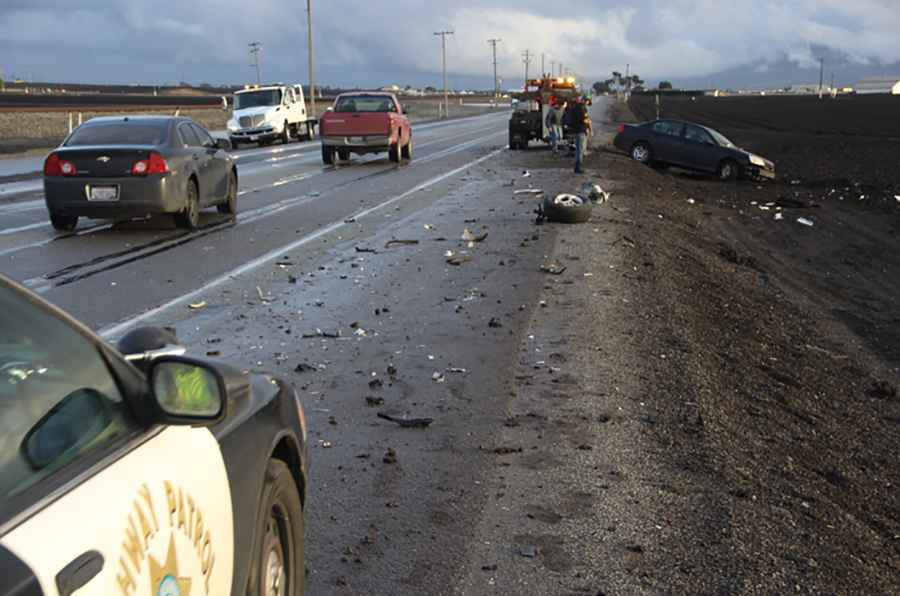Determining Liability in Multi-Vehicle Accidents: Indiana's Comparative Fault Rule
You might know what to do if you get into a car accident with one other vehicle. However, would you know what to do in the event of a multi-vehicle crash?

The more parties that are involved, the more complex your car accident claim will be. Indiana also adds another layer of complexity to the situation with the comparative fault rule. Understanding it can help you figure out what you should do in the aftermath of a multi-vehicle accident.
What Is Comparative Fault in Indiana?
Indiana’s comparative fault act allows damages to be evaluated by the degree of responsibility for all involved parties. In some situations, you may have no fault at all. However, in others, you may be partially to blame for the accident.
Each party’s responsibility in an accident will affect the amount of damages they can recover. In certain circumstances, if that percentage of fault goes beyond a certain threshold, you will be barred from recovering any compensation.
Indiana uses a modified comparative negligence model. It is known as the 51% fault system, and you must be less than 51% at fault for the accident. You could still seek compensation for your injuries, even with some share of fault, but it will be reduced by your percentage of fault. Keep in mind, this is only if your percentage of fault is less than 51%.
For example, if you are found to be 20% at fault for an accident and the jury awards you $100,000 in damages, then you would only receive $80,000. This may seem like a lot, but if your injuries are serious, it could be much less than you need to cover all of your damages.
If you are found to be more than 50% responsible, you wouldn’t be able to recover compensation in a lawsuit. In fact, you may have to pay the other driver. This is why many injury victims seek legal representation after a car crash in Indiana to ensure they aren’t falsely taking on more fault.
Understanding Comparative Fault with Multiple Parties in an Accident
If you think it’s complicated with just two parties involved, then you will realize that the more vehicles in the crash, the more complex the situation. Multiple parties may be responsible for your injuries and damages, which means their insurance companies would be required to compensate you based on their clients’ percentages of fault.
This may work out just fine if you are not assigned any fault. However, what if the other insurance companies are trying to blame you? You will need to be prepared with evidence and an investigation to show you were not at fault.
If your injuries are severe, this will be too much to handle on your own. The complex nature of car accident cases in Indiana is precisely why injury victims look for help obtaining compensation from an attorney. It’s wise to consult one to learn more about your legal rights after a car crash.
Pic: https://pixabay.com/photos/car-accident-roadside-cloudy-car-1921347/